Introduction
The Balkans, a region situated in Southeast Europe, is renowned for its rich tapestry of history and culture, shaped by a confluence of civilizations over the centuries. This geographical area is not only characterized by its stunning landscapes but also by its complex historical narratives, which reflect the influences of different empires, ethnicities, and religions. As such, the Balkans serve as a vibrant testament to the historical interplay between East and West, making it a captivating destination for travelers seeking both education and adventure.

The numerous historic cities within the Balkans each hold unique stories and architectural marvels, illustrating the diverse cultural heritage that defines this region. Cities like Sarajevo, with its Ottoman influences, juxtaposed with the medieval charm of Dubrovnik, provide a glimpse into the past while seamlessly integrating modernity. Thessaloniki, known for its Byzantine history, along with other notable locations, further highlights the eclectic mix of cultures that have thrived in these areas.
Each of these urban centers presents an opportunity for exploration, allowing visitors to delve into a plethora of historical monuments, museums, and local traditions that celebrate the area’s multifaceted identity. The cities are replete with narratives that speak of resilience and transformation, making them not only locations of interest but essential stops for those who wish to grasp the essence of Balkan heritage.
This blog post aims to spotlight five historic cities that embody the spirit of the Balkans, showcasing their significance and inviting readers to experience the rich cultural fabric that they offer. By understanding the historical context and current developments of these cities, one gains a deeper appreciation for the region’s legacy and enduring allure.
The Historical Importance of the Balkans
The Balkans, often referred to as the “powder keg of Europe,” have played a pivotal role in shaping the continent’s history due to their strategic geographic position. This region has served as a crossroads for various empires, including the Byzantine, Ottoman, and Austro-Hungarian Empires, resulting in a rich tapestry of cultural and architectural influences. As different groups settled in the area, they left their mark, creating a unique convergence of traditions and identities that are still evident in the cities today.
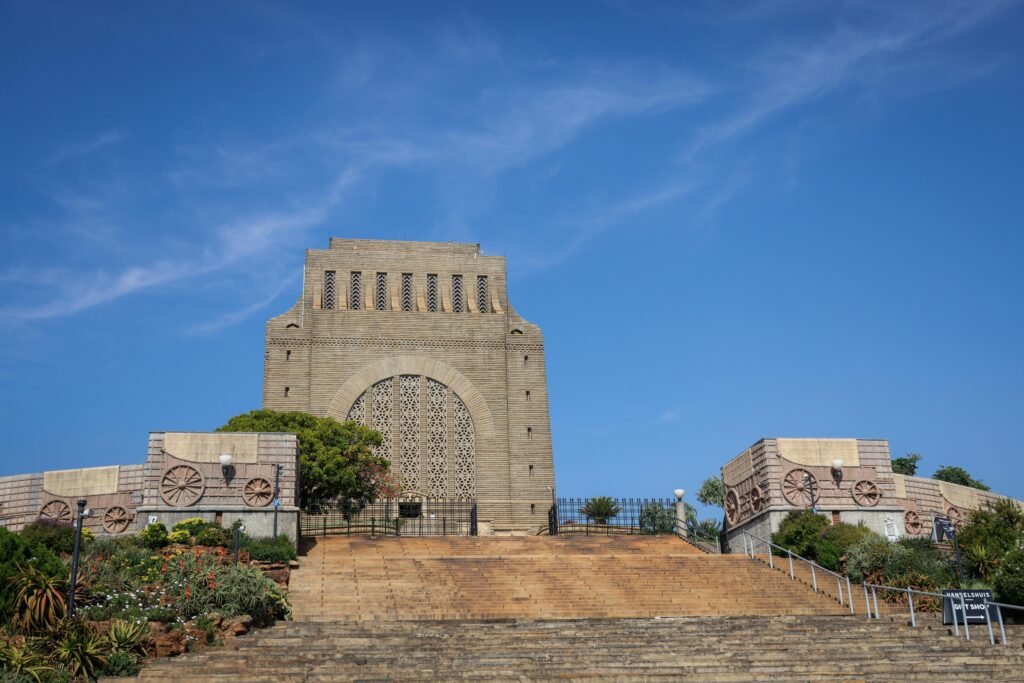
The historical significance of the Balkans can be traced back to ancient times, when it was inhabited by Illyrians, Thracians, and Greeks. The influence of the Roman Empire further transformed the region, exemplifying the area’s role as a melting pot of cultures. During the Middle Ages, the rise of the Byzantine Empire introduced an era of architectural grandeur, as seen in the religious structures that still stand in cities like Ohrid, North Macedonia, and in the splendid churches of Serbia.
The Ottoman Empire’s presence, which lasted for centuries, added another layer of complexity to the cultural dynamics within the Balkans. This era infused local traditions with elements of Islamic architecture, food, and even language, resulting in a unique blending of Eastern and Western influences. Cities like Sarajevo and Mostar highlight this synthesis beautifully, showcasing mosques alongside cathedrals, a reflection of the region’s diverse heritage.
Today, the Balkans are recognized not only for their troubled history but for the resilience of their cultural identities. The melding of traditions, languages, and architectural styles continues to attract scholars and tourists alike, eager to explore the historical importance of this dynamic region. The cities within the Balkans serve as enduring reminders of the power struggles, alliances, and cultural exchanges that have occurred over centuries.
Sarajevo: A City of Diversity
Sarajevo, the capital of Bosnia and Herzegovina, stands as a testament to the rich tapestry of cultural and historical narratives that characterize the Balkans. This city, often referred to as the “Jerusalem of the West,” not only showcases the profound influences of both Eastern and Western civilizations but also embodies the resulting diversity that defines its identity. The intricate blend of architectural styles, religions, and traditions can be traced back centuries, shaped significantly by the Ottoman Empire’s rule and the subsequent Austrian-Hungarian influence.
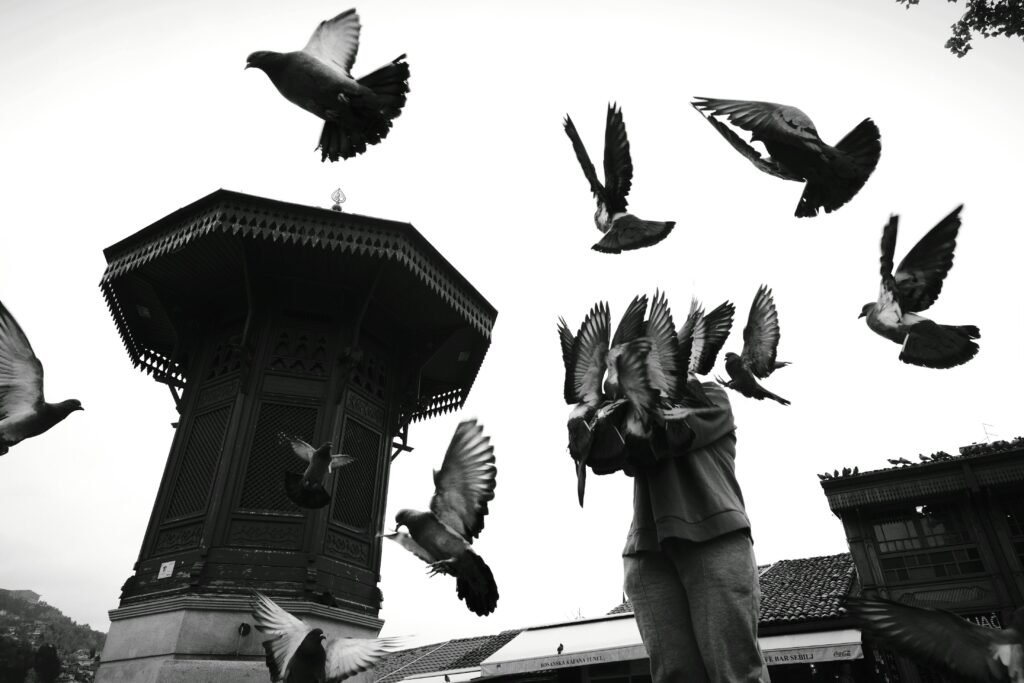
One of the key historical attractions in Sarajevo is Baščaršija, the city’s old bazaar. Here, visitors can wander through narrow cobbled streets lined with shops, cafes, and artisans, reflecting the Ottoman heritage that still holds a vital place in the heart of Sarajevo. The atmosphere is further enriched by the sound of the famous Sebilj fountain, a symbol of the city’s cultural life, which draws locals and tourists alike. Nearby, the Latin Bridge, the site of the assassination of Archduke Franz Ferdinand in 1914, serves as a historical landmark that adds depth to Sarajevo’s complex narrative, intertwining it with the larger tapestry of European history.
However, it is essential to acknowledge the darker chapters of Sarajevo’s recent past, particularly the tragic events during the 1990s, which had a profound impact on the city and its inhabitants. The scars of conflict are still visible today, yet they coexist with a strong spirit of resilience and a commitment to peace-building. This strength is exemplified in the Sarajevo Tunnel, a vital lifeline during the siege, which now serves as a museum to educate future generations about the city’s struggle and survival.
In essence, Sarajevo is a remarkable convergence point of faiths, cultures, and histories, where each corner tells a new story. Its rich heritage, characterized by a blend of East and West, makes it a unique destination that captivates visitors and leaves an indelible mark on their hearts.
Dubrovnik: The Pearl of the Adriatic
Dubrovnik, often referred to as the “Pearl of the Adriatic,” is a mesmerizing city nestled on the southern coast of Croatia. Renowned for its well-preserved medieval architecture, this historic gem has garnered international recognition, specifically as a UNESCO World Heritage Site. This prestigious designation underlines the city’s rich cultural heritage and historical significance, making it a must-visit destination for travelers and history enthusiasts alike.
The Old Town of Dubrovnik is a striking testament to its illustrious past. Encircled by majestic city walls, which are among the best-preserved fortifications in the world, visitors are invited to stroll the ramparts and witness breathtaking views of the Adriatic Sea and the terracotta rooftops that characterize this charming locale. The walls, stretching nearly two kilometers, not only serve as a defensive structure but also provide a unique vantage point for photography and exploration. Walking along these historic paths gives one a sense of the city’s enduring legacy.
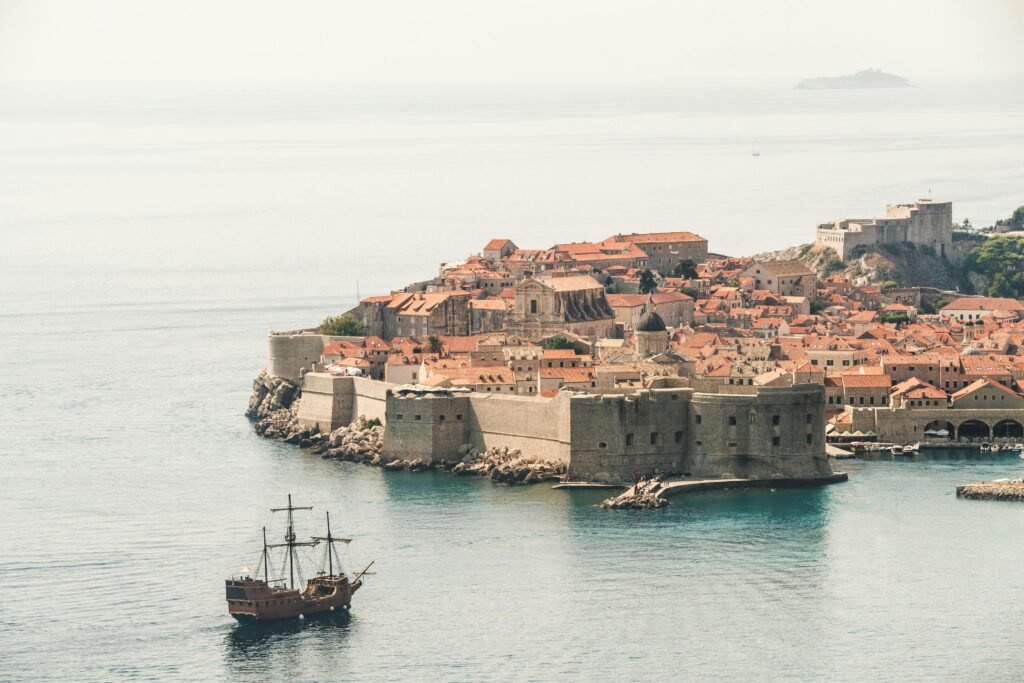
Among the notable attractions within the Old Town is the Rector’s Palace, a beautiful blend of Gothic and Renaissance architecture. Once the seat of the city’s government, this palace now operates as a museum, offering insights into the civic history of Dubrovnik. Additionally, the Stradun, the main thoroughfare of the Old Town, is lined with shops, cafes, and historical sites, echoing the vibrant life of this former maritime republic.
To truly experience the charm of Dubrovnik, visitors are encouraged to explore its narrow streets, sample local cuisine, and delve into the history that permeates the city. Whether visiting historic landmarks or simply enjoying the coastal scenery, Dubrovnik stands as a captivating destination that beautifully encapsulates the cultural essence of the Balkans.
Thessaloniki: A Cultural Melting Pot
Thessaloniki, the second-largest city in Greece, is a remarkable tapestry woven from the threads of various civilizations that have thrived in the region throughout history. Known as a significant trading post due to its strategic location along the Via Egnatia, Thessaloniki served as a crucial link between East and West. This vibrant city reflects a rich multicultural heritage shaped by the Greeks, Romans, Byzantines, Ottomans, and various other communities, making it a definitive cultural melting pot in the Balkans.
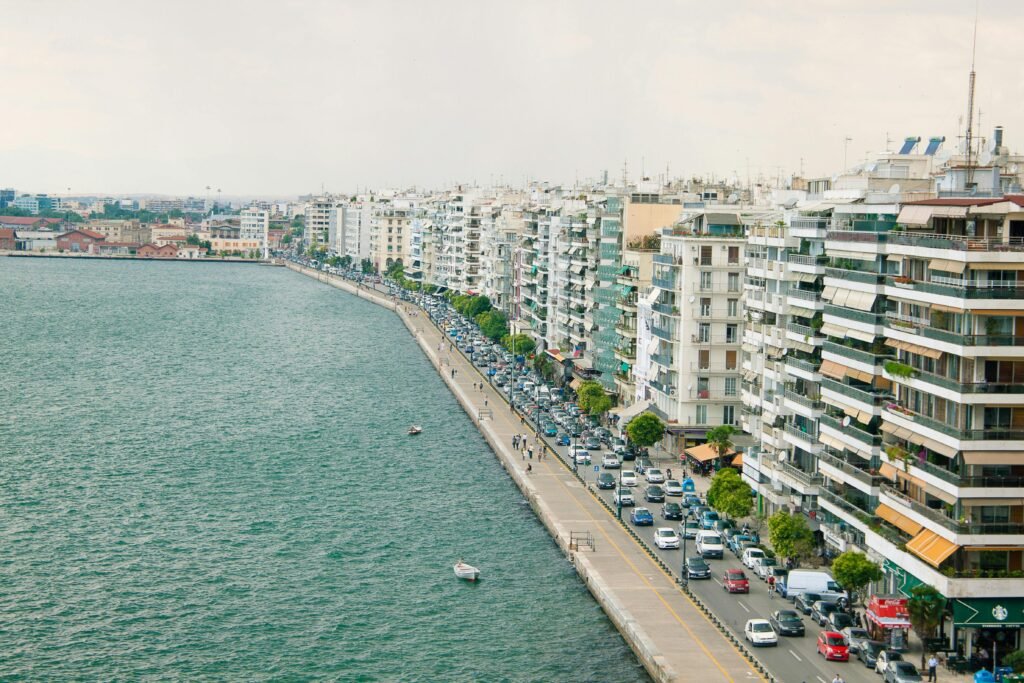
The influence of diverse civilizations is evident in Thessaloniki’s architecture, cuisine, and traditions. Visitors can explore landmarks such as the iconic White Tower, a symbol of the city that stands along the waterfront and has witnessed the passage of time as a fortification, a prison, and now a museum. The White Tower offers an immersive experience that showcases the city’s historical narratives and serves as a gateway to understanding Thessaloniki’s intricate past.
Another must-visit site is the Rotunda, originally built as a mausoleum for Emperor Galerius in the 4th century. Its impressive size and remarkable mosaics reflect the city’s historical significance and artistic accomplishments. Over the years, the Rotunda has been transformed into a church and, later, a mosque, further representing the complex layers of cultural influence that characterize Thessaloniki.
In addition to its historical monuments, the city’s bustling markets and lively neighborhoods showcase the daily life of its inhabitants, contributing to its distinctive character. Culinary experiences abound in Thessaloniki, where visitors can savor traditional Greek delicacies and flavors from the various cultures that have settled in the area. The harmonious blend of history and modernity makes Thessaloniki an essential destination, drawing travelers eager to explore its historic significance and captivating ambiance.
Kotor: A Balkan Gem in Montenegro
Kotor, nestled along the picturesque Adriatic coast in Montenegro, is a remarkable destination that encapsulates the rich history and stunning landscapes characteristic of the Balkans. Designated as a UNESCO World Heritage Site, Kotor is famed for its incredibly well-preserved medieval architecture, cobbled streets, and dramatic bay views, making it a must-visit for any traveler exploring the region. The city’s fortifications, which ascend the surrounding mountains, are a testament to its historical significance as a strategically located fortified settlement. These walls not only provide a glimpse into the city’s past but also offer breathtaking panoramas of the bay, an attraction in its own right.
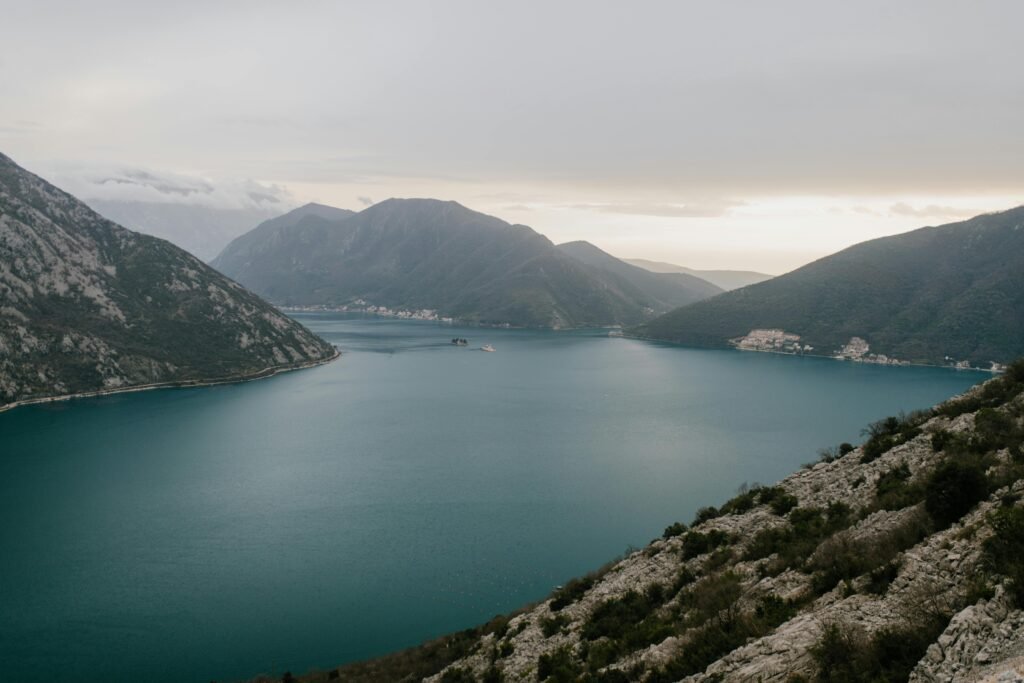
The historical importance of Kotor is echoed in its diverse array of churches and squares, each narrating a piece of the city’s storied history. The Cathedral of Saint Tryphon, built in the 12th century, stands as a prominent symbol of Kotor’s ecclesiastical heritage. This Romanesque cathedral, distinguished by its stunning façade and intricate interior, is merely one of the many architectural marvels that grace the city. Other notable landmarks include the Church of St. Luke, which features elements from various periods, reflecting the architectural continuity that characterizes Kotor. The city’s squares, such as the Square of the Arms, invite visitors to soak in the ambiance, surrounded by charming cafes and local artisans.
Mostar: Bridging Cultures
Mostar, a city located in southern Bosnia and Herzegovina, is renowned for its iconic Stari Most (Old Bridge), a UNESCO World Heritage site that symbolizes the convergence of diverse cultures. This picturesque town is steeped in history, having witnessed significant events that forged its contemporary identity. The Old Bridge, originally constructed in the 16th century during the Ottoman Empire, stands as a testament to the architectural ingenuity of the time and the harmonious coexistence of different cultures.
The bridge not only serves as a physical connection between the east and west banks of the Neretva River but also embodies the spirit of reconciliation that has emerged in the aftermath of the Yugoslav Wars in the 1990s. Restored in 2004 after its destruction during the conflict, the Stari Most plays a crucial role in uniting the local community and reflects the resilience of Mostar’s citizens. Today, it attracts visitors from around the globe who come to admire its beauty and learn about its historical significance.
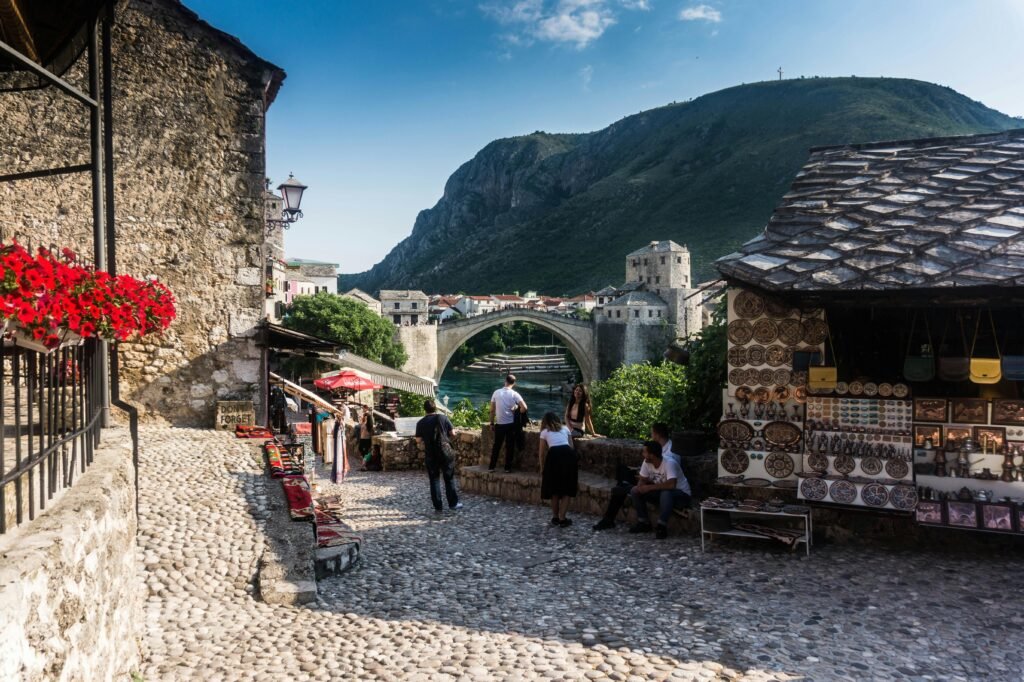
Surrounding the bridge, the city is interwoven with Ottoman and European influences, evident in its architecture, cuisine, and cultural practices. The cobblestoned streets are lined with traditional bazaars, vibrant cafes, and beautifully preserved buildings that tell stories of a bygone era. Mostar’s cultural heritage is further enriched by its annual events, such as the famous Mostar Diving Competition, where participants leap from the bridge into the emerald waters below, demonstrating both bravery and tradition.
Visiting Mostar provides an opportunity to witness the harmonious blend of different cultures that flourished here, making it a must-see destination that encapsulates the rich history and diversity of the Balkans. As you traverse its historic streets and stand atop the Stari Most, you cannot help but feel a profound connection to the past and an optimistic outlook towards the future of cultural unity.
Pristina: The Capital of Young Kosovo
Pristina, the capital of Kosovo, serves as a vibrant representation of the country’s contemporary cultural landscape. Emerging from a complex historical backdrop, particularly following the conflict in the late 1990s, Pristina has gradually evolved into a modern city that reflects the resilience and creativity of its people. The identity of Pristina is being shaped by its burgeoning artistic scene, where the past informs the present and future aspirations.
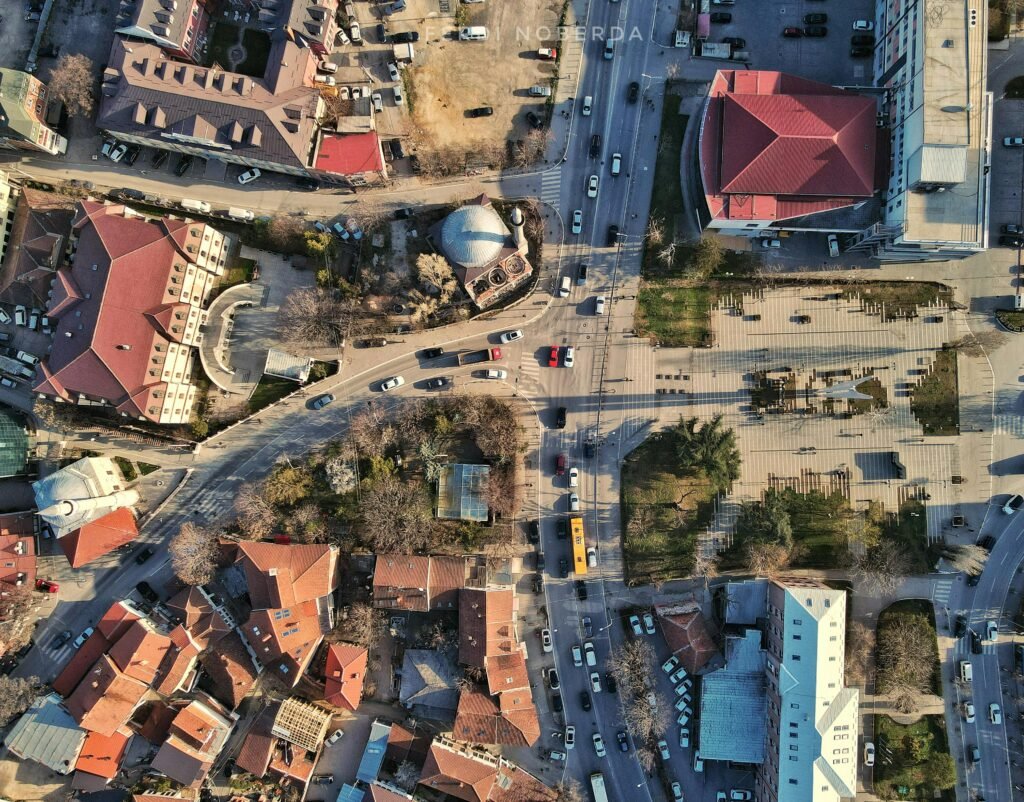
One of the most symbolically significant landmarks in Pristina is the Newborn Monument. Unveiled in 2008 to commemorate Kosovo’s declaration of independence, this structure stands as a testament to the hopes and dreams of a young nation. The monument is not only a physical representation of freedom but also a canvas for local artists, who frequently repaint it, showcasing their creativity and the dynamic nature of Kosovo’s identity. Visitors are often captivated by its bold letters and the vibrant colors that change over time, further encapsulating the spirit of Pristina.
Another remarkable site that underscores Pristina’s unique cultural development is the National Library of Kosovo. Renowned for its unconventional architectural style, the library features striking geometric shapes and a unique use of materials, which has made it an iconic landmark in the city. Established in 1982, the library serves as a vital resource for both local scholars and visitors, fostering an appreciation for literature and knowledge within the community. It stands as a symbol of hope and the pursuit of education, playing a crucial role in the cultural revitalization of Kosovo.
Overall, Pristina is a city that encapsulates a blend of modernity and history. Its ongoing transformation into a cultural hub invites exploration and appreciation, making it a must-visit destination in the Balkans. As the city continues to forge its identity through art, architecture, and historical remembrance, it promises a fascinating experience for anyone willing to discover its stories.
Conclusion: Embrace the Journey Through Time
As we conclude our exploration of the remarkable historic cities within the Balkans, it becomes evident that each destination offers a unique tapestry of cultural heritage and history. From the ancient fortresses of Kotor to the vibrant streets of Sofia, these cities serve as living museums, reflecting the rich narratives of civilizations that have shaped the region over centuries. The blend of architectural influences, time-honored traditions, and current-day life creates a captivating environment that invites visitors to step into the past while engaging with the present.
Understanding the Balkans’ multifaceted history is essential for any traveler seeking a deeper connection to the places they visit. By immersing oneself in the streets, local cuisine, and interactions with inhabitants, one can gain valuable insights into the evolving stories that define these historic cities. Each visit provides an opportunity to embrace the journey through the diverse cultures and historical chapters that characterize the Balkans, making every experience truly memorable.
In addition to sightseeing and exploration, pursuing knowledge about the rich histories and ongoing narratives of these locations enhances the travel experience, allowing visitors to appreciate the layered complexities of each city. The Balkans are not merely a destination; they are an invitation to reflect on how the past continues to influence contemporary life and culture.
We encourage all to embark on this journey and witness the enduring spirit of these historic cities. Each visit will undoubtedly enrich your understanding and appreciation of the Balkans, making it a journey worth taking. Your adventure awaits in these captivating cities, where time-honored stories continue to unfold.
